The number of natural disaster events, as well as their associated losses, have been increasing in Europe, driven by adverse weather events brought about by climate change. Such events can have a profound impact on both the public and private sector, especially for the most vulnerable.
Building resilience includes physical, social, financial, human, and natural resilience components, which can complement each other and support the mitigation of these disaster impacts. These components can take the form of structural measures (e.g. physical constructions, such as dams against flooding, or building earthquake resistant houses) as well as non-structural measures (e.g. early warning systems or risk awareness education).
The EU has special tools and mechanisms to enhance resilience and respond to natural disasters, including the Union Civil Protection Mechanism (UCPM), the Emergency Aid Reserve (EAR), the European Union Solidarity Fund (EUSF), and Cohesion Policy.
Natural disasters have struck in all parts of the EU in recent years. Some have been more extreme than ever before and affected locations that have not experienced this type of threat previously.

Click on the boxes to find out more:
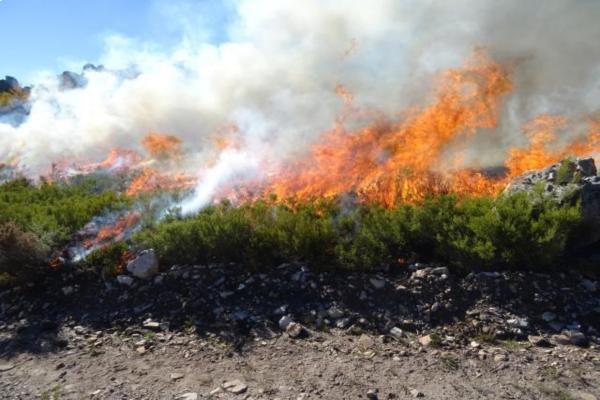
Wildfire
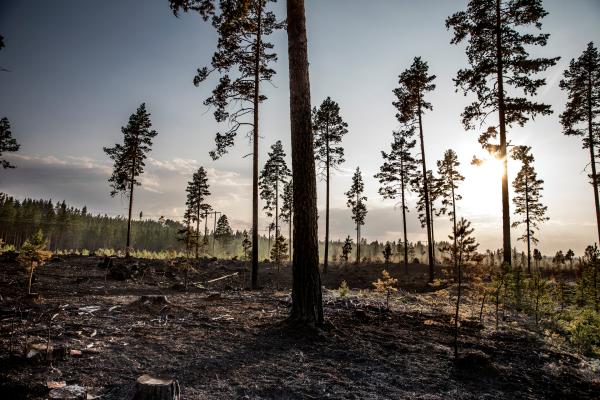
Animal and plant diseases
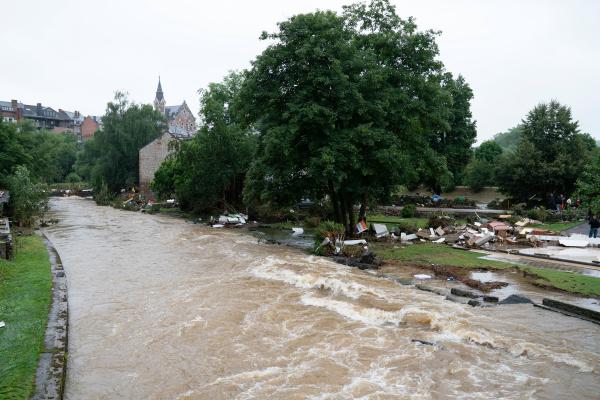
Flooding
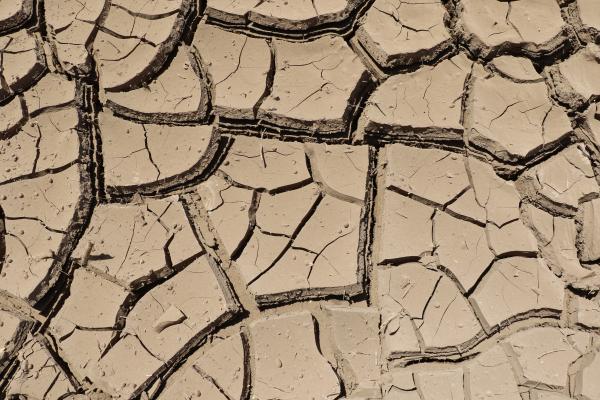
Droughts

Epidemics and pandemics
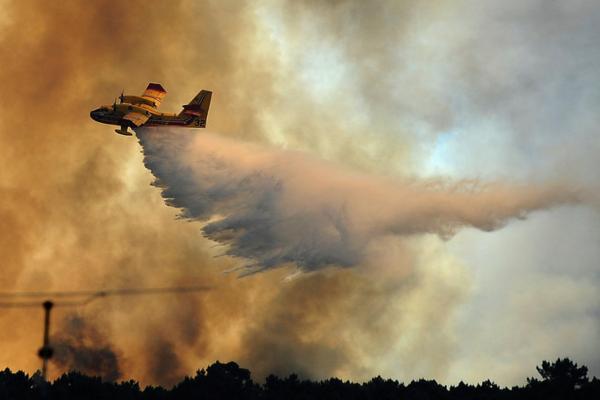
Extreme weather
